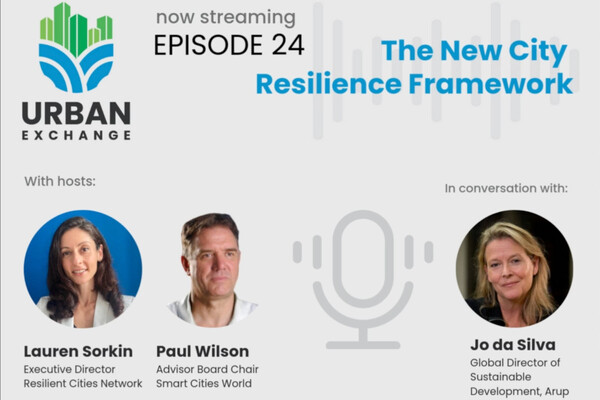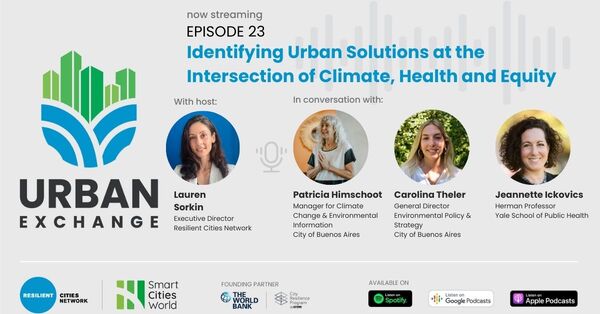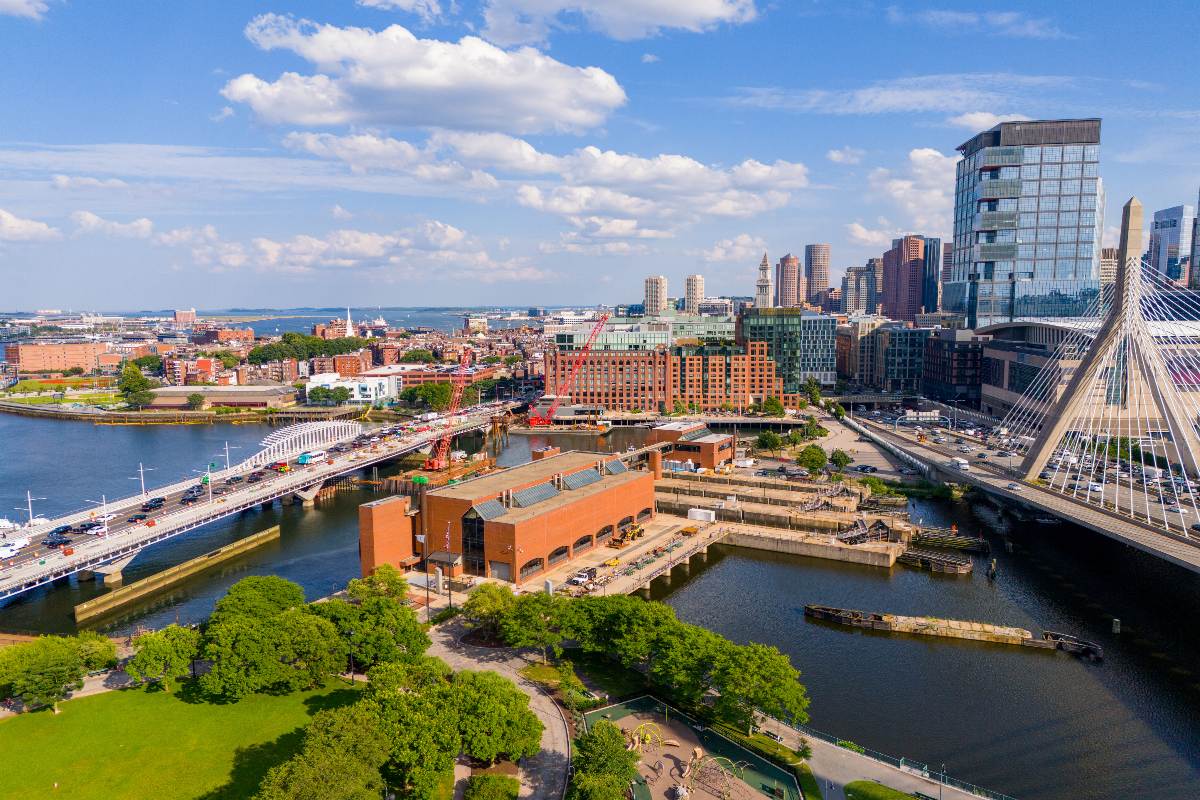Special Reports
SusHi Tech Tokyo 2024: experience ‘Tokyo 2050’ todaySponsored by The SusHi Tech Tokyo 2024 Showcase Program Executive Committee
Solar-powered cities: sunny outlook with patches of cloud
Renewable energy, combined with energy efficiency, is central to powering cities of the future and solar energy is a key part of that energy mix

Cities already account for nearly two-thirds of global energy use and an even larger share of energy-related carbon-dioxide emissions, figures from the International Renewable Energy Agency (IRENA) show. With the urban population expected to swell to two-thirds of the world’s total by 2030 that demand is increasing further. City leaders face a choice as to whether to meet that demand with traditional fossil fuels or look to cleaner, more sustainable options.
Renewable energy, combined with energy efficiency, is central to powering cities of the future and solar energy is a key part of that energy mix. Cities around the world are already demonstrating the possibilities, as well as some of the challenges still to be overcome.
Going for carbon-neutral in Freiburg
The City of Freiburg in Germany is seen as one of the world’s leading cities in green energy, especially solar. The city’s solar efforts are part of its overall aims to half CO2 emissions by 2030 and to become climate-neutral by 2050. Along with wind, water, wave and biothermal initiatives, Freiburg has around 1,000 solar facilities, making solar power a leading tool in reaching these goals.
Dr. Klaus von Zahn, Director of the City of Freiburg’s Environment Department, comments, “The most important and biggest challenge is always the economic one… implementing things in a way that makes good economic sense. That isn’t always so easy.”
Freiburg is well known for its award-winning solar settlement within the Vauban ‘eco district’, which aims to demonstrate what’s possible with solar in terms of technology, aesthetics and results. The community of 59 homes generates more energy that it needs from solar panels. Now, Freiburg is aiming to build a climate-neutral sports stadium, powered by solar, including solar panels on the roof of the stadium, along a 1.5 km fence near the airport and on around 3,000 bike stands.
Since 2012, the city has already reduced C02 by 30 per cent, making it on track for its targets.
Von Zahn adds that getting citizens on board in Freiburg has been relatively easy but policy stability is also key, “[Every] two or three years the framework changes, and it’s very complicated to keep communicating this to people,” he explains.
Citizen power plants
Examples have shown that when the benefits are clear and citizens get on board, the results are impressive. In Vienna and Lower Austria, citizen power plants mean that residents can buy solar panels, profit from the energy and take an active role in the future of energy in their city.
These citizen power plants use a sale-and-lease back, or voucher, model. Citizens buy between one and ten panels then lease them back to Wien Energie and receive an annual return per panel per year.
“Since 2012, 10,000 people have got involved in these projects, investing over €35 million. The plants have saved 17,000 tonnes of CO2 over that time,” says Wien Energie’s Boris Kaspar.
According to the company, two-thirds of Vienna’s roof areas can theoretically be used for solar energy panels, although there are sometimes challenges around building restrictions and regulations etc.
Law-makers are starting to adapt to a solar future, though. A new renewable energy law approved by the Austrian Parliament introduces the possibility to build community solar plants in multi-occupied buildings, unlocking even more solar opportunities.
Solar-powered economy
New York City (NYC) is an example of a leadership building solar plans not just around environmental sustainability but economic stability too.
Mark Chambers, Director of the NYC Mayor’s Office of Sustainability, explains, “The City’s renewable energy goals for solar are an important step in fostering a dynamic and inclusive economy, and to develop an industry with significant potential for new jobs.”
NYC has a target to install 1 gigawatt of solar capacity citywide by 2030 – that’s enough to power 250,000 homes.
Chambers says that since the start of Mayor Bill de Blasio’s administration in 2014, solar power has more than quadrupled in NYC, providing nearly 110 megawatts of electricity and directly supporting over 2,700 jobs. The Mayor has stated a commitment to reduce greenhouse gas emissions 80 percent by 2050 and to make NYC the most sustainable big city in world.
“Based on what’s in the installation queue, the City is on track to reach more than 140 MW of solar capacity in 2017,” Chambers says.
The City’s municipal solar portfolio alone is set to triple in size to nearly 25 MW with a new power purchase agreement to provide 88 sites, including 66 New York City schools, with solar panels, bringing the total to over 100 solar schools operating with solar power by 2019. Solar will be installed on all future new school construction projects and roof renovations where practical.
In addition to the municipal programmes, the City launched the first round of Solarize NYC campaigns in Harlem and Downtown Brooklyn earlier this year, following a pilot in 2015. Solarize NYC is a citywide program designed to further increase access to solar through community group purchasing campaigns.
Chambers comments, “Overall, Solarize NYC is expected to lower costs by 10 to 20 percent and increase solar capacity in communities that have historically had limited access to clean energy.”
Other initiatives include plans for solar parking canopies and around 30 solar carports to charge NYC’s growing fleet of municipal electric vehicles. To ensure solar energy is available consistently, the Mayor has also committed to the City’s first ever energy storage deployment target of 100 megawatt-hours (MWh) by 2020.
“Capturing abundant solar energy at scale in NYC and in cities around the world remains one of the most powerful and increasingly affordable emblems of our collective commitment to transition into a global green economy and reduce greenhouse gas emissions," says Chambers. “When the largest American city works with partners to make solar more accessible and rapidly deployable, we can more aggressively combat climate change, actively reduce the burden of air pollution in our cities, and effectively create a market engine that reduces the risk to our partner cities for setting similarly ambitious goals.”
Floating new ideas
In order to increase ways to capture solar energy and overcome some of the land constraints, researchers are now testing out the idea of floating solar panels. These could potentially have the added benefit of minimizing evaporative losses from reservoirs. Late last year, a large solar panel testbed was launched at the Tengeh Reservoir in Singapore. The testbed can produce a maximum of one-megawatt of energy, enough to power 250 four-room flats for a year. The pilot aims to determine the possibilities of the floating panels and to study the environmental impacts of such technologies on water infrastructure. Similar developments are being launched in Japan, China, Europe, the Americas as well, Australia and India.
Local leaders
While many policies are still enacted at the national or regional level, cities and local authorities still have a growing role to play in driving solar initiatives as they also strive to meet their own aims. In its Solar Manifesto, the UK Solar Trade Association expressed frustration at the government’s business rate increases for rooftop solar and a failure to ‘level the playing field’ for solar players in the UK compared to competitors on the continent and fossil generation.
Leonie Greene UK Solar Trade Association, points out that local authorities often have more power than they may be aware – for example, around their rights to stipulate higher new build standards than those set nationally, to incorporate solar.
The association is running a campaign to help inform local governments in the UK about what they can do to boost solar.
Strategies for solar success
While each country and city has its own rules, regulations and geographical specifics, there is still much they can learn from each other when it comes to solar power. It’s clear that political support and clarity, strong leadership and citizen involvement are fundamental to success. These factors are likely to be achieved through demonstrating that renewable energy, such as solar, can be a driver for both economic and environmental sustainability.
If you enjoyed this, you may wish to view the following:
Identifying the solar hotspots
Since the formation of the International Solar Alliance in November last year, a number of developed and developing countries are heavily investing in infrastructure
smartcitiesworld.net/news/news/identifying-the-solar-hotspots-749
School claims largest solar façade in the world
The solar panels provide the building with 300 MWh of electricity per year, meeting over half of the school’s energy needs
smartcitiesworld.net/news/news/school-claims-largest-solar-facade-in-the-world-1374

















